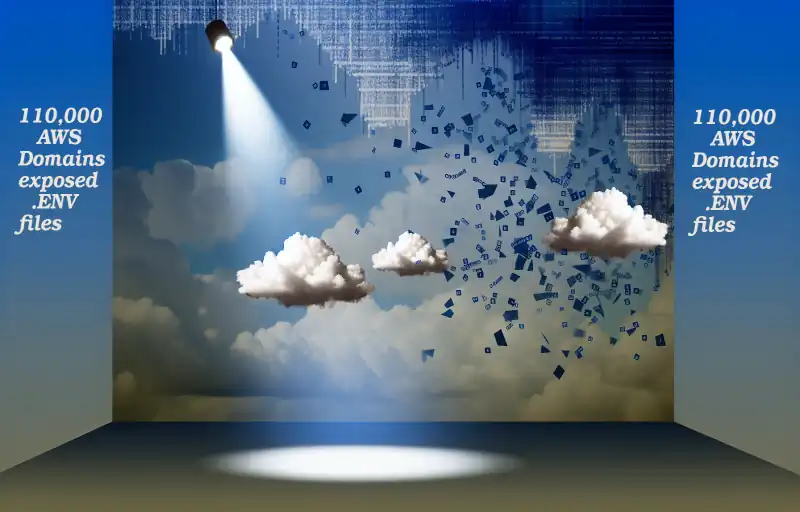
“Unleashing chaos through exploited .env files – a sophisticated extortion campaign”
Sophisticated Extortion Campaign Targeting 110,000 AWS Domains
A sophisticated extortion campaign has recently come to light, targeting a staggering 110,000 domains. The attackers behind this campaign have been exploiting exposed .env files on unsecured web applications to gain access to AWS IAM (Identity and Access Management) keys. These keys have allowed the attackers to create new IAM roles and policies with unlimited access, giving them the ability to wreak havoc on the affected domains.
The use of .env files in web applications is common practice for storing sensitive information such as API keys, passwords, and other credentials. However, when these files are left exposed, they become a prime target for malicious actors looking to exploit them for their own gain. In this case, the attackers were able to obtain AWS IAM access keys from these files, granting them extensive control over the affected domains.
Once the attackers had access to the IAM keys, they were able to create new IAM roles and policies with unlimited access. This allowed them to carry out a range of malicious activities, from stealing sensitive data to launching DDoS attacks or even taking down entire websites. The potential for damage in this scenario is immense, as the attackers had virtually unrestricted control over the affected domains.
The campaign has been highly successful, with the attackers extorting millions of dollars from their victims.
The scale of this extortion campaign is truly staggering, with 110,000 domains targeted by the attackers. This widespread attack has raised concerns among cybersecurity experts about the vulnerability of web applications and the importance of securing sensitive information stored in .env files. The fact that so many domains were affected highlights the need for organizations to take proactive steps to protect their data and prevent unauthorized access.
In response to this threat, AWS has urged customers to review their IAM roles and policies for any unauthorized changes. They have also recommended implementing strong security measures, such as regularly rotating IAM keys and monitoring for any suspicious activity. These steps can help organizations mitigate the risk of falling victim to similar extortion campaigns in the future.
The implications of this extortion campaign are far-reaching, with potentially devastating consequences for the affected domains. The attackers behind this campaign have demonstrated a high level of sophistication in their tactics, exploiting a common vulnerability to gain access to sensitive information and carry out malicious activities. This serves as a stark reminder of the ever-present threat posed by cybercriminals and the importance of robust cybersecurity measures.
As organizations continue to rely on web applications for their day-to-day operations, it is crucial that they prioritize security and take proactive steps to protect their data. By securing sensitive information stored in .env files and implementing strong security measures, organizations can reduce the risk of falling victim to extortion campaigns like the one that targeted 110,000 domains. In an increasingly digital world, cybersecurity must be a top priority to safeguard against evolving threats and protect sensitive information from falling into the wrong hands.














